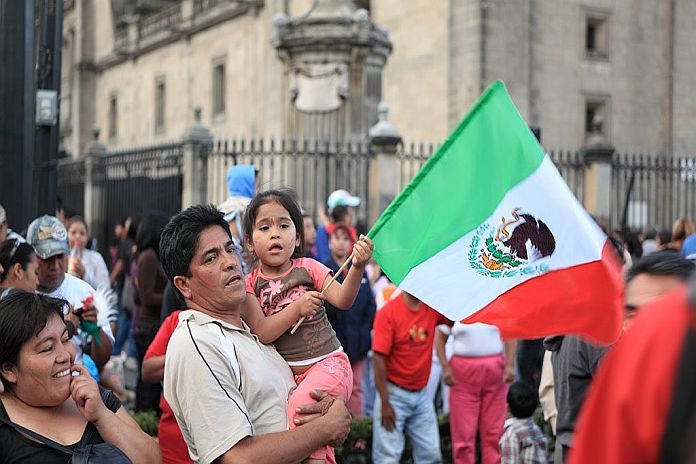By Frederic Lambert
Income inequality in Mexico is high and has only slightly declined over the past decade. Still, our research finds that social spending, particularly government transfers, were effective in alleviating poverty and containing income inequality over that period. According to our findings, government monetary transfers can account for half of the overall reduction in poverty and 16 percent of the observed reduction in inequality between 2004 and 2016.
Inequality in Mexico remains high
Income inequality in Mexico in 2016 was comparable to that of other Latin American countries but much higher than in other emerging economies and Organisation for Economic Co-operation and Development (OECD) countries. The richest 20 percent Mexican households earn 10 times more than the poorest 20 percent; that’s twice the ratio observed in other OECD countries. And this level of inequality has not declined much since 2004, contrary to what happened in many Latin American countries.
Most of this inequality comes from labor income inequality. We indeed find sizable income inequalities between education levels, which can feed into high labor income inequality. In contrast, other types of income, especially private and public transfers, like remittances and government social transfers, tend to reduce income inequalities and have been a key driver of the decline in poverty and inequality since 2004.
Targeted cash transfers and non-contributory pensions benefit poor households more
Our analysis focuses on five public social programs that existed in 2016:
(1) the conditional cash transfer program Prospera; (2) the non-contributory pension program for elderly adults Program Pensión para Adultos Mayores; (3) the farmland subsidy program Proagro; (4) government scholarships; and (5) non-monetary medical transfers in the form of free or subsidized medical services.
In 2016, those five programs accounted for roughly half the total budget for Mexican federal social development programs, and between two and 2 ½ percent of GDP.
Our analysis shows that in general poor and indigenous households, households that received less education, households living in rural and Southern regions, or larger households, were more likely to receive a government transfer from the first of those programs, and on average, received a larger amount.
We also found that richer or more educated households, whose children were more likely to go to college, had a higher chance of getting a government scholarship and the amount of that scholarship tended to be greater.
While all government transfers were progressive, that is, they contributed to a reduction in inequality, some were more progressive than others. Prospera and non-contributory pensions were the most effective programs at alleviating both poverty and inequality because they targeted households at the bottom of the income distribution.
Together Prospera and Program Pensión para Adultos Mayores represented about half of the total government transfers received by an average household but accounted for more than two thirds of the reduction in income inequality due to government transfers. In addition, the two programs helped households overcome the adverse effects of different circumstances, such as the state and the size of the locality where they lived, or what is called the “inequality of opportunity.”
Making social transfers more progressive
The analysis shows that there is scope for better targeting of existing social programs such as government scholarships and non-monetary medical transfers as the average transfer amount from those programs is higher for richer households. This possibly reflects richer households’ greater access to tertiary education and medical services, potentially limiting the progressivity of those programs. Reorienting them towards the poorest households would thus improve the redistributive role of government transfers.
Our results emphasize that proper targeting is key to maximize the impact of social transfers on bringing down inequality. However, our analysis is limited to the static effect of transfers on households’ income and does not consider dynamic changes that may be induced by the official requirements for receiving certain transfers.
As the Mexican government recently created new social programs to replace Prospera, it will be interesting to redo the analysis in a few years and assess the effectiveness of the new government transfer policy.
![]()






